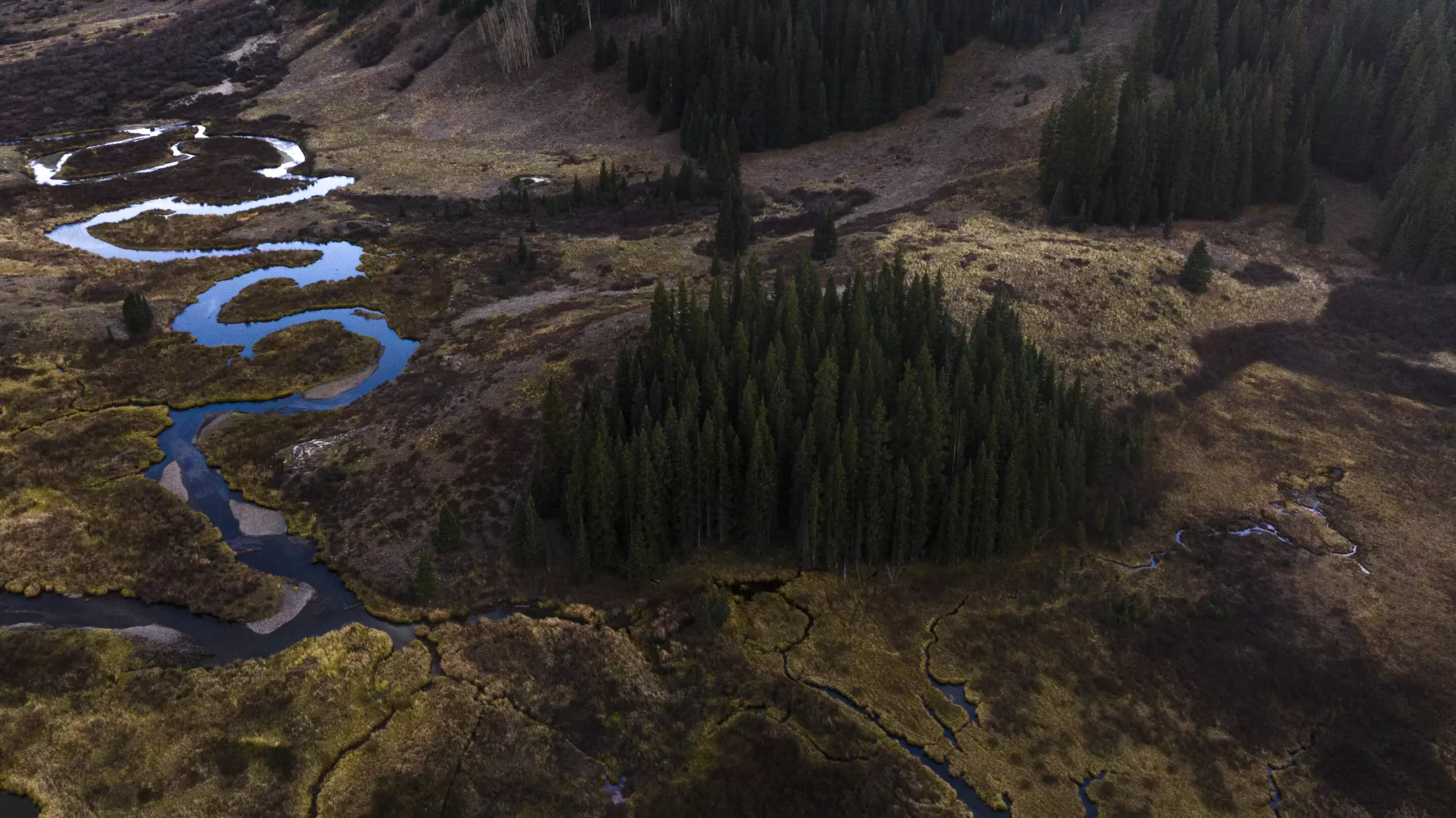The Colorado River is a critical water source that sustains agricultural activities, hydropower generation, and drinking water supplies across multiple states and Mexico. Its water largely originates from the snowpack accumulated during winter months, which gradually melts in the spring. Traditionally, the amount of snowpack measured in early April serves as a reliable indicator for water availability throughout the year. However, since 2000, water managers have consistently encountered discrepancies between predicted streamflow based on snowpack measurements and the actual water flow, leading to a pressing question: where is the anticipated water disappearing? Recent studies from the University of Washington shed light on this puzzling phenomenon and reveal the intricate interactions between climate factors and water availability.
A Drought’s Disquieting Toll on Water Management
The ongoing Millennium drought, which commenced in 2000, has ushered in a series of climatic shifts that significantly affect water management strategies. Researchers, led by Daniel Hogan, a doctoral student in civil and environmental engineering, have identified a critical factor contributing to the diminished water levels in the Colorado River system: a decline in spring precipitation. This study has indicated that lower spring rainfall accounts for nearly 70% of the discrepancies between predicted and actual streamflow. The implications of these findings resonate deeply within the water management community, highlighting the need for a reevaluation of water forecasting methods as traditional assumptions about precipitation and its relationship with snowmelt are called into question.
Interestingly, during drier springs, vegetation appears to play a substantial role in the allocation of available water. In the absence of adequate rainfall, plants increasingly depend on snowmelt for moisture, which alters the dynamics of water distribution in surrounding streams. Notably, Bruce Lundquist, the study’s senior author, emphasizes that these plants behave as if they possess unlimited access to water due to the melting snow, thereby invoking a frantic growth response. Such a phenomenon suggests that without timely rainfall, plants become “giant straws,” voraciously drawing on the dwindling snowmelt and compounding the reduction in water supply to the rivers.
To further understand the impacts of changing precipitation patterns, the researchers analyzed data from 26 headwater basins within the Upper Colorado River Basin. This extensive analysis incorporated various datasets, tracing streamflow and rainfall trends back to 1964. The findings indicate that all studied basins exhibit decreased streamflow linked to reduced spring rainfall, with lower-elevation basins showing more significant deficits. The earlier melting of snow in these areas provides the surrounding flora greater access to this water resource, leading to increased water consumption throughout the critical spring growing season.
As described by Hogan, the research emphasizes the importance of taking a holistic view of the snow season. Understanding the entire cycle— from snow accumulation to seasonal evaporation and plant uptake—offers invaluable insights that traditional methods focusing only on snowpack measurements have overlooked. The nuances of these interactions reveal that a comprehensive assessment of climate trends is essential for accurate water resource forecasting.
Towards Sustainable Water Management Practices
In light of the identified challenges, researchers are now exploring innovative approaches to water management. One intriguing line of inquiry considers the role of residual snow patches as mini-reservoirs that may support a continuous stream of water to nearby vegetation, thereby mitigating the impact of reduced rainfall. As the Millennium drought persists, the urgency of addressing these water supply issues becomes increasingly pronounced, necessitating the refinement of theoretical frameworks and forecasting models.
Water managers and policymakers must adapt to these evolving conditions by developing strategies that account for changing precipitation patterns and plant water use. With April marking a critical juncture for water predictions, understanding the dynamics of rainfall and snowmelt is essential to enhancing the accuracy of water availability assessments.
The findings from the University of Washington underscore the intricate connections between climatic factors and water resources, particularly how shifts in spring weather can significantly impact water management outcomes. As researchers continue to investigate these complexities, it remains of paramount importance that water resource strategies evolve in tandem with changing environmental conditions. Protecting the sustainability of water supplies in the face of ongoing drought and climate variability will be crucial not only for current generations but for all those who depend on the lifeblood offered by the Colorado River system into the future.

